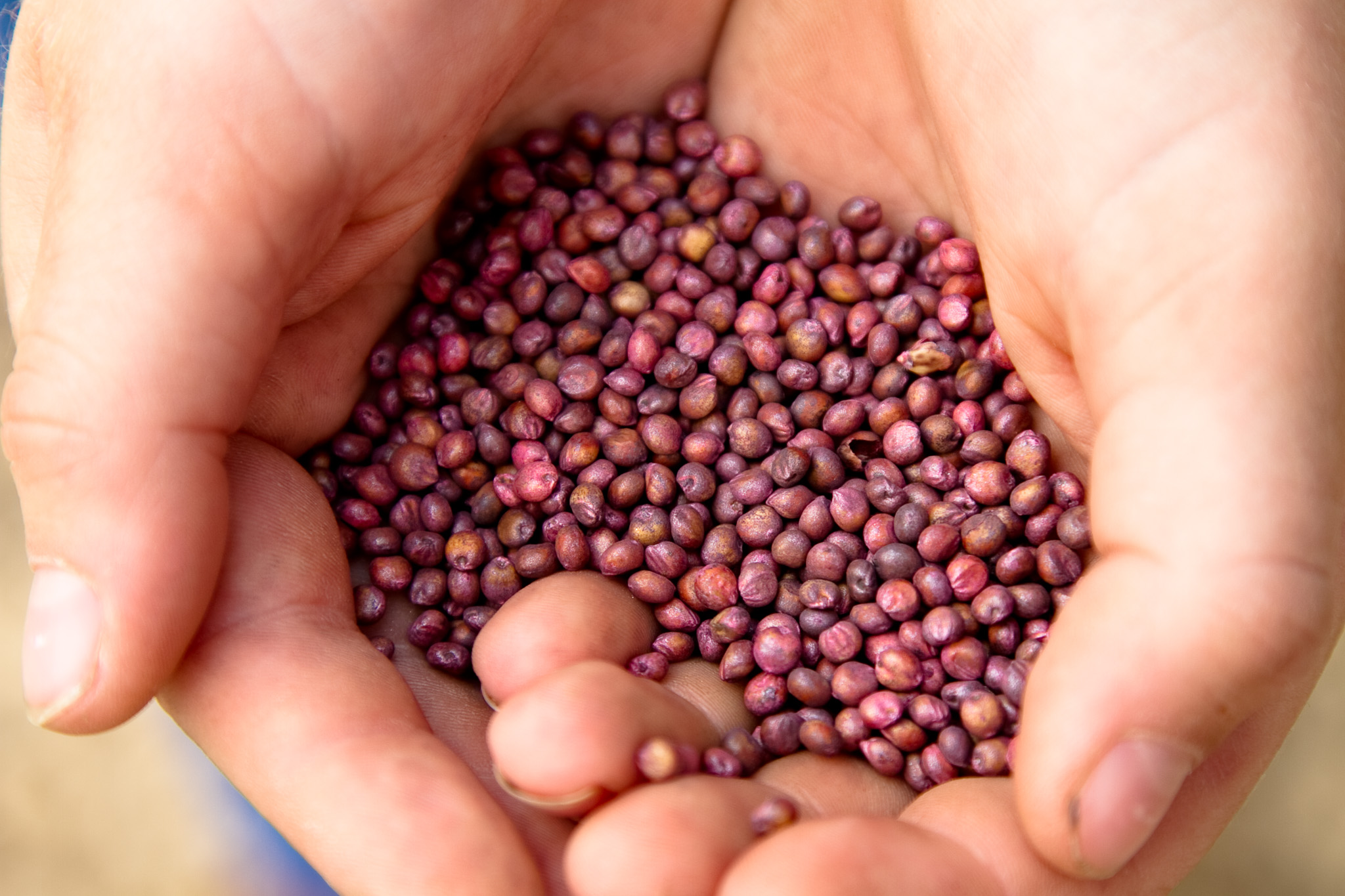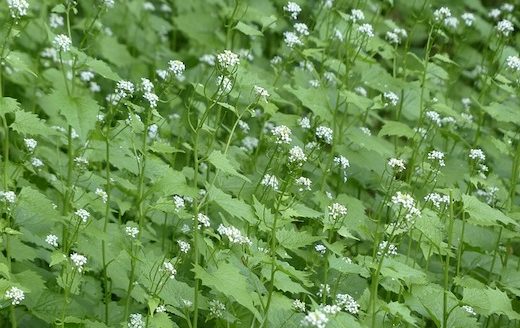Sorghum: Can I realistically cut costs in 2025?

This year presents unique challenges for farmers striving to turn a profit due to rising input costs and lower commodity prices. In October, I wrote in this space how sorghum has lower input costs compared to many other crops.

For the sorghum farmer, there are potential areas where input costs could be trimmed further; however, these need to be considered strategically. By carefully evaluating hybrid selection, seed treatments, seeding rates, weed control and fertilizer application, savings may be achieved without sacrificing yield potential.
Sorghum seed is relatively inexpensive compared to other crops, and while the latest hybrids come at a premium, they often provide higher yields or valuable traits. For instance, if a new hybrid costs $25 more per bag (600,000 seeds), this translates to just over 4 cents per 1,000 seeds. For a grower planting 45,000 seeds per acre, the additional expense is only $1.87 per acre. Given the potential yield advantages of newer hybrids, cutting costs by choosing an older, cheaper variety may not be the best decision.
Most sorghum seed includes a base fungicide and a safener that enables the use of group 15 herbicides such as s-metolachlor, acetochlor and dimethenamid. Recently, systemic insecticide treatments have become more common, adding $30 to $65 per bag in costs.
While these treatments were crucial when sorghum aphids posed a significant threat, the pest is now less problematic, often appearing later in the growing season when a seed treatment would no longer be effective. Chinch bugs, however, can be a major early-season issue in some areas. If your farm experiences early pest pressure from chinch bugs or other pests, an insecticide seed treatment is essential. Otherwise, skipping it could save as much as $4.90 at a 45,000 seed-per-acre seeding rate.
Seeding rates vary widely across the country and even from grower to grower in the same region. In seeding rate trials, it is often difficult to see a significant difference in yield without greatly varying the rate. This is because of sorghum’s ability to tiller and produce more heads when planted at a low seeding rate and its ability to produce more grain per head under favorable conditions.
Many growers may benefit from reducing seeding rates by 10 to 20% without significantly affecting yield. For a seed bag cost of $170 and our example seeding rate of 45,000, this is a potential savings of $1.27 to $2.55 an acre. If you already plant at a low rate for your farm’s potential, a seeding rate reduction may not be advisable.
Preemergence herbicide application is crucial for weed control in sorghum, but comparing costs of different products can lead to savings. For instance, two widely used premixes—atrazine plus s-metolachlor and atrazine plus acetochlor—offer similar weed control. A quick survey in my region indicated a price difference of up to $5 per acre between these options. When comparing herbicides, labels should be carefully examined for differences in formulation and active ingredient. An 2SC formulation requires double the rate of a 4SC formulated product. A good example of active ingredient differences is s-metolachlor vs metolachlor. Although similar, a product with metolachlor will generally require a higher rate compared to an s-metolachlor-containing product to get the same results.
Improving nitrogen efficiency allows for reduced fertilizer rates without compromising yield. A split nitrogen application can enhance efficiency and reduce total nitrogen needs by up to 25%. Consider applying 50% of nitrogen preplant, some as a starter, and the remaining 25 to 45 days post-emergence. This approach not only improves uptake efficiency but also provides the flexibility to adjust nitrogen rates based on real-time crop conditions.
In a year where every dollar counts, smart, strategic decisions can help sorghum farmers manage input costs without jeopardizing productivity. Carefully assessing hybrid choices, reconsidering seed treatments, adjusting seeding rates, comparing herbicide prices and improving nitrogen use efficiency can collectively make a significant financial difference. By considering these targeted savings strategies, farmers can navigate economic challenges while maintaining strong yields.
Editor’s note: Brent Bean, Ph.D., is the Sorghum Checkoff director of agronomy, Lubbock, Texas. For more information, visit www.sorghumcheckoff.com.



